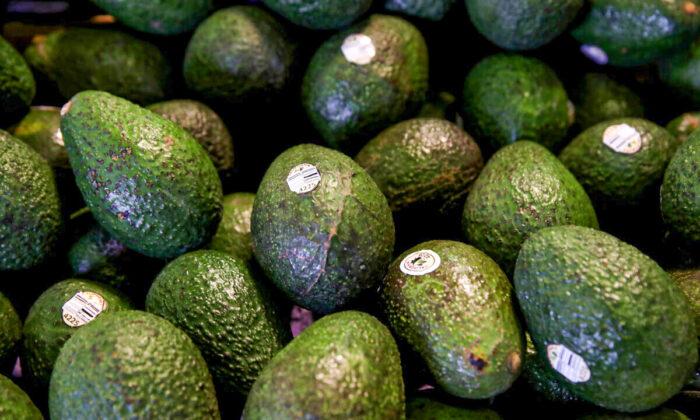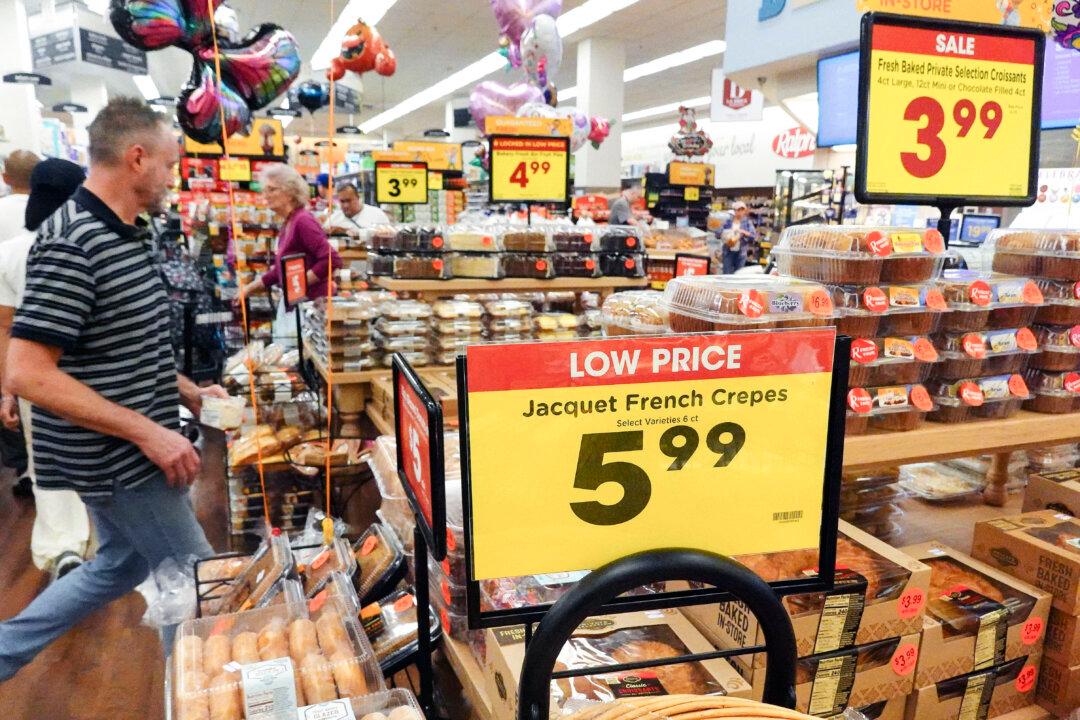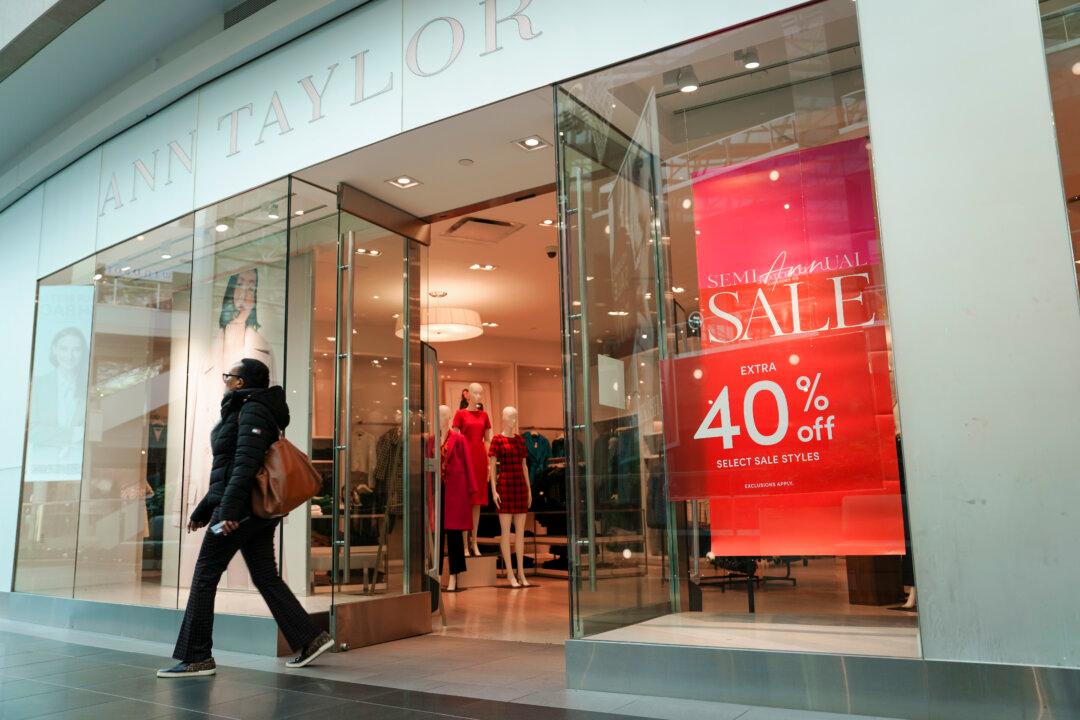Your dinner plate could get more expensive this year.
Labor shortages, public policy disputes, weather conditions, and the global supply chain crisis could contribute to higher food inflation in the coming months.
This trend is also occurring worldwide.
Over the last several months, U.S. consumers might have noticed an increase in their grocery bills, bare shelves at their local supermarkets, and restaurants charging more or offering less.
Holy Guacamole
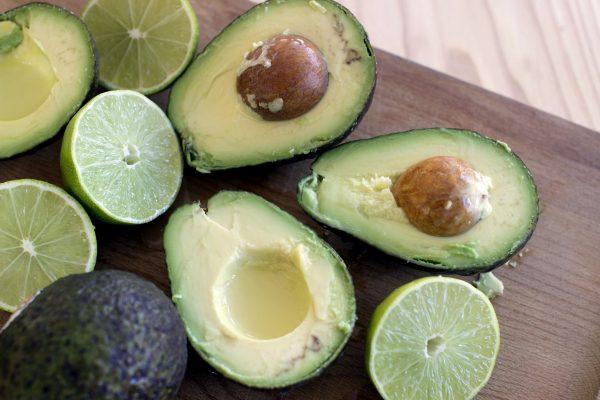
Mexico confirmed on Feb. 12 that the U.S. government had suspended all imports of Mexican avocados. American officials allege that a U.S. plant safety inspector south of the border received a threatening message while carrying out inspections in Uruapan, Michoacan.
Michoacan is the only Mexican state that has been authorized to export avocados to the United States until the suspension is lifted. It remains unclear as to how long the edict will last, although market observers think it could last several weeks.
“The suspension will remain in place for as long as necessary to ensure the appropriate actions are taken, to secure the safety of APHIS personnel working in Mexico,” the U.S. Department of Agriculture’s (USDA) Animal and Plant Health Inspection Service said in a statement.
The announcement took many parties by surprise, including grocers and restaurants. The U.S. purchases approximately 80 percent of its avocados from Mexico, with that figure rising to about 90 percent in the winter.
But some industry experts note that California’s avocado output is up roughly 15 percent from the same time a year ago. The U.S. has also expanded imports from Peru. These trends could alleviate some of the supply setbacks.
Lettuce See Higher Big Mac Prices
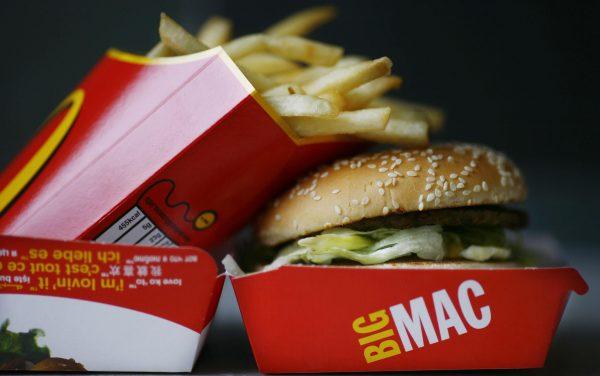
Over the last decade, the price of McDonald’s 55-year-old iconic burger, the Big Mac, has skyrocketed 40 percent. And over the last three months, the fast-food titan has raised its overall menu prices by 2.7 percent.
The monthly consumer price index (CPI) makes it clear why patrons are paying more. All the ingredients to produce a Big Mac have gone up substantially in the last 12 months.
Beef prices have risen 16 percent, bread has jumped 5.9 percent, cheese has edged up 0.2 percent, lettuce has climbed 6.2 percent, condiments have soared 8.1 percent, pickles have advanced 6.7 percent, and salt and seasonings have jumped 5.3 percent.
Some estimates suggest that fast-food menu prices industrywide could accelerate as much as 8 percent in 2022.
But restaurants have faced a myriad of challenges throughout the pandemic, including staffing shortages, limited store capacity, reduced hours, and even bad winter weather.
The price of a Big Mac has much broader consequences for the economy as well.
In 1986, The Economist created the Big Mac Index, a tool to measure local economic purchasing power between nations using the burger. Also known as Burgonomics, economists purport that Big Macs are a reliable indicator since the burger takes into account the local costs of labor, taxes, raw materials, and other factors that impact consumer goods.
Coffee House Blues
Coffee has been one of the top-performing assets in 2022, surging 11.6 percent on tight global inventories amid strengthening worldwide demand and lackluster production.Does this mean higher prices at the local coffee shop and supermarket?
Kraft Heinz warned that the Maxwell House coffee price could go up as much as 5 percent this year.
Coffee chains are also beginning to adapt.
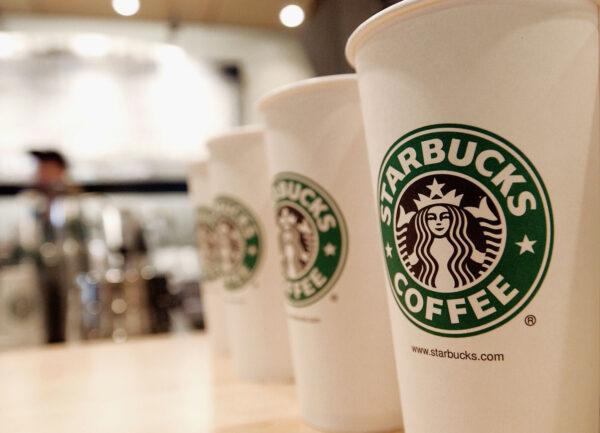
Tim Hortons’ parent company, Restaurant Brands International, is mulling a price hike in Canada.
In the United States, Starbucks is increasing costs across the board, citing higher labor, supply, and food costs. In its recent quarterly earnings report, profit margins for the business were lower than expected, coming in at 72 cents a share, compared to the Wall Street estimate of 80 cents.
A Scarcity of Supermarket Products
Could there be shortages across the food sector? Many industry experts are spotlighting production and inventory issues plaguing a wide array of common items found in the typical kitchen refrigerator.Commercial egg output has been affected in several different ways. In today’s marketplace, expenses have risen significantly, including labor, transportation, and feed. The other problem is that producers are scaling back on their flock sizes because hens cannot produce enough eggs, lacking the necessary nutrition to produce the staple.
U.S. households may need to locate calcium alternatives because dairy could be in short supply in 2022. A blend of costly feed, a paucity of staff, and a shortage of packaging materials might raise prices or lead to a scarce milk supply at the grocery store.
Is Shrinkflation Next?
Shrinkflation, the process of decreasing the size of a product without lowering the price, could become the next crucial trend in the global marketplace this year as more companies respond to inflation.Major consumer brands are quietly reducing the content size of many favorite products, from plastic zip bags to sports drinks to laundry detergents.
